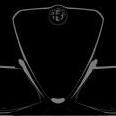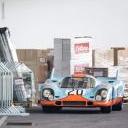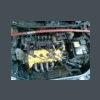Scelte strategiche gruppo Stellantis NV

⬇️⬇️⬇️ DISCUSSIONI SUI PROSSIMI MODELLI ⬇️⬇️⬇️
• Citröen
• Jeep
• Lancia
• Maserati
• Peugeot
⬇️⬇️⬇️ DISCUSSIONI SULLE PIATTAFORME ⬇️⬇️⬇️
Discussione sul titolo in borsa ➡️ CLICCA QUI!
Discussione su STLA Brain, SmartCockpit & AutoDrive ➡️ CLICCA QUI!
-
Contenuti simili
-
Il futuro dei siti produttivi Stellantis 1 2 3 4 839
Pubblicato da The Summarizer,
- stabilimenti
- psa
- (e 1 altro in più)
- 8388 risposte
- 1270480 visite
-
Alfa Romeo new “Bottega” 2026 (Notizie) 1 2 3
Pubblicato da AleMcGir,
- prossimi modelli
- alfa romeo
- (e 3 altri in più)
- 23 risposte
- 3696 visite
-
I prossimi modelli Alfa Romeo 1 2 3 4 298
Pubblicato da Beckervdo,
- alfa romeo spy
- stellantis
- (e 2 altri in più)
- 2974 risposte
- 568965 visite
-
-
-








.thumb.jpg.902d2a4f20a129e92b6f6920407b81bd.jpg)


















Messaggi Raccomandati:
Pubblicato da __P,
0 reazioni
Vai a questo messaggio
Crea un account o accedi per lasciare un commento
Devi essere iscritto per commentare e visualizzare le sezioni protette!
Crea un account
Iscriviti nella nostra community. È facile!
Registra un nuovo accountAccedi
Sei già registrato? Accedi qui.
Accedi Ora